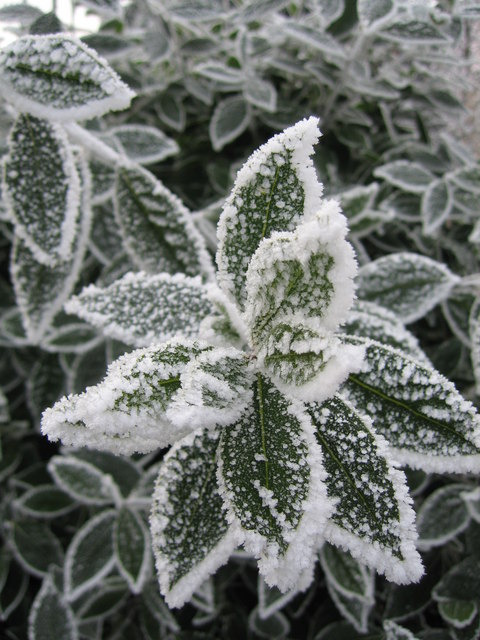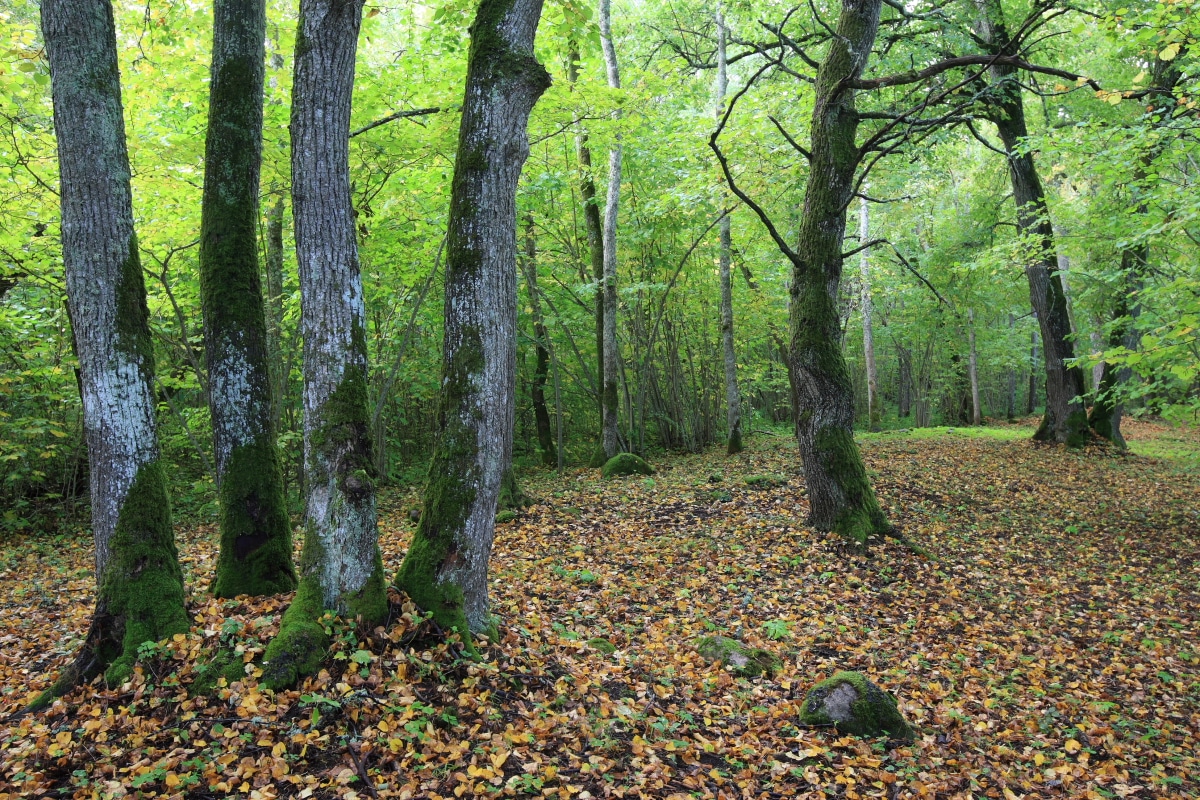Cold weather can cause many types of problems for trees, the number one issue being frost. Here’s how to protect your trees from frost. There are a variety of things that you can do to protect your trees and saplings from frost damage this winter. Read on to discover the most common methods people use to protect their trees.

Table of Contents
Frost Protection Methods
A fabric covering, such as natural burlap can be used to protect your trees and saplings from frost. The material in the burlap will allow moisture to escape but will still protect your tree from frost by preventing the freezing air from coming into direct contact with the moisture. Bed linens and newspaper can be used as well.
If an unexpected rain shower comes, be sure to remove the wet covering and recover your trees the next evening with a dry covering. If you know that a shower is coming, overlay the cover with a tarp. This is very important because a heavily drenched cloth will not allow the tree to breathe.
Avoid covering your tree or seedlings in plastic. Plastic cannot breathe and will trap all moisture inside. This will do more harm to your plant than good.
If the covering is light enough in weight, it can simply be draped loosely over the tree. Heavier coverings will require some type of support – you don’t want to squash your tree – tall wooden stakes can be used to support heavier coverings. Insert three or four wooden stakes into the ground around the tree and drape the covering on them as if you were making a tent. Consider using wire to keep the covering from drooping onto the tree. If you choose to use newspaper to cover your trees, be certain to pin it down so that the light material won’t blow away.
Containers can also be used to protect your smaller saplings from frost. Glass jars, milk jugs with the bottom removed, paper cups, and upside-down flower pots can be used as heat traps for a night. Only use a container if it’s large enough to accommodate your saplings, do not break or bend any part of your tree so that it may fit into a container.
The Best Protection Against Frost For Trees

Mulching is one of the best ways to protect tree roots during the winter. The mulch can range from two to six inches in depth and should be kept an inch or two away from the trunk or main stem of the trees. Check through your mulch often to be sure that moisture is getting to the soil below. If you find that the soil is dry, you will need to water it, but don’t over saturate it. Also, make sure that any cracks around newly planted trees or shrubs are filled.
Providing extra heating such as lighting can also help to protect your trees from the winter frost, but you don’t want to overheat your tree. Small Christmas lights can provide a significant amount of heat without damaging your tree.
Remember to remove coverings in the morning, to allow your trees to get fresh air and sunlight. Otherwise, it will fall victim to suffocation. Preferably, you should wait until the sun has been up for at least a few hours, as some of the coldest temperatures are just after sunrise. Permanently covering your trees for the duration of the winter can be harmful and is not recommended. Your trees and saplings should always be covered before the sun goes completely down, to retain heat. It also helps to water your garden before nightfall, the soil will release moisture into the air around your trees; by releasing moisture into the air around your trees at night, the air will be slightly warmer.
If frost gets to your tree, don’t remove the damaged parts. They might not look great for a couple of months, but those dead branches and leaves provide protection for the part of the tree that is still alive. Wait until spring to remove the damaged parts.
- About the Author
- Latest Posts
I strive to paint vivid landscapes with my words, bringing the magic of far-off lands and enchanting aromas to life for my readers. Combine passion for exploration and the art of gastronomy in an unending ode to the senses. When I’m not traversing the globe, I find solace in the earth beneath my fingertips, tending to my garden and working on projects around my verdant oasis. MK Library serves as a beacon, guiding fellow travelers and homebodies alike to embrace sustainability, nurturing both our planet and our souls with purpose. Full Bio.


no so stupid i dont like so watery !!!!!!!!!!!!